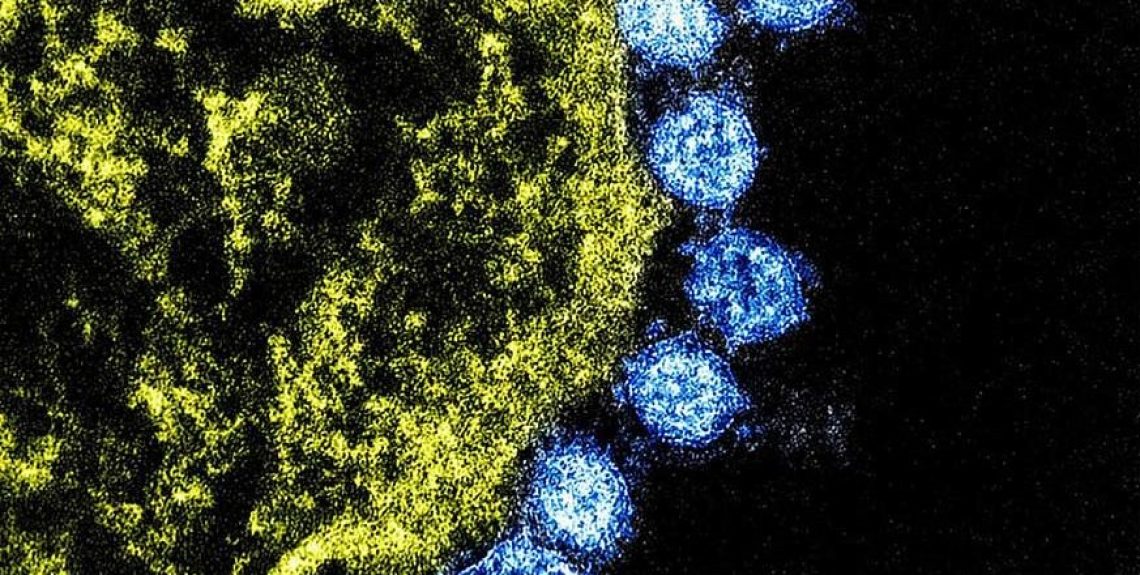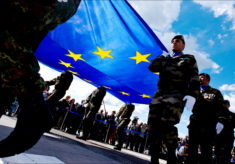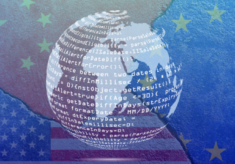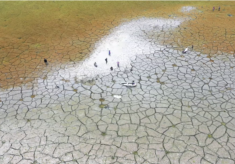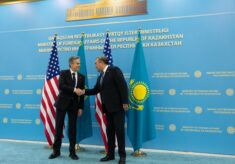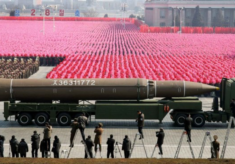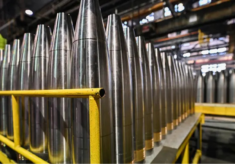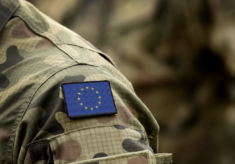On October 2019 the just released Global Health Security Index gave the
alert that among 195 assessed countries none of them was fully
prepared to manage epidemics or pandemics.
The
Index estimated that the overall global health security capabilities
score was 40.2 over 100. China’s Index Score resulted 45.0 under
the label prevention
measures
– out of an Overall Rank of 50 – and 48.6 under the label
responsiveness
– out of an Overall Rank of 47 [Global Health Security Index.
Building Collective Action and Accountability, October 2019].
Chance
would test the international community’s capacities very soon and
on November 3 the first symptoms of a new pneumonic plague were
discovered in a couple hospitalised at the Beijing Chaoyang Hospital.
Ten days later, the Chinese government, in accordance with the
international procedures, officially notified the World Health
Organisation while many worldwide newspaper had already showed their
concern about the outbreak and the deafening silence of the country’s
governing bodies.
Indeed,
still strong are the memories of the fear caused by SARS (severe
acute respiratory syndrome) which, between November 2002 and July
2003, affected 8.098 persons around the world and killed 774 among
them. At present, the virus of the pneumonia has been confirmed not
to be SARS, though it resulted to be of the same pathogens family:
the coronaviruses.
Coronaviruses
may be present both in humans and animals. However on rare occasions
animal coronaviruses can infect also humans, such as in the case of
SARS. Linked to a seafood and animal market in Wuhan, the
capital of Hubei province,
the virus of this latest pneumonia outbreak, the so-called Novel
Coronavirus, seems to have a zoonotic origin1.
The Wuhan virus has also shows signs of human-to-human spread and
today we count 5,970 cases of contagion in China and other 1,000
around the world [follow the progress of the virus in real time at
https://bit.ly/2O7VZtj].
Controls have been arranged in the main international airports for
who is coming from China, and 50 million people across 17 cities have
been banned to travel within or outside the country.
It
is important to take in mind that SARS coronavirus has been a game
changer since it was the first animal coronavirus ever to be proven
mortally dangerous for humans. From then, scientists have seen the
emergence of different clusters of the virus following a ten-year
trend. In 2012, we all shall remind of the Middle East respiratory
syndrome-related coronavirus (MERS-CoV). MERS-CoV was found to be
more aggressive than SARS, with a fatality rate of 30%, the triple of
SARS mortality.
Although
we still do not know which will be the reach of the Wuhan epidemic,
it signs another evidence that the exposure of humans – and their
vulnerability – to animal pathogens is increasing. One of the reasons
finds its origins in the changes we are producing to our ecosystem.
Over the years, links have been clearly found between zoonotic
diseases and these alterations.
Global
population uninterrupted growth and the rise of alimentary needs lead
to a request of animal protein and a consumption of natural resources
never experienced before. This is hard testing our ecosystem which
has been already suffering for a loss of resilience caused by the
inability of natural systems (such as forests and oceans) to
accelerate the rhythms they provide their services (for instance, air
purification and nutrients waste management) under constant pressure.
Furthermore,
in densely populated area, poor livestock conditions could easily
affect the sanitary settings in the case they do not respect certain
standards. This was in Wuhan market where different animal species
were sold alive, a practice that is meeting the international
community criticism as does not respect in various ways the
international law on animal conditions.
Population
ageing trends and the difficulty to find the right formula for a
vaccine are also factors to consider when we think about the stakes
that human species will have to face in the future.
In
a world where viruses could spread through a one-day travel from Asia
to the United States, negative impacts on economic and social
conditions involve the global community, no one excluded.
1
Along with the definition of the Centers for Disease Control and
Prevention, Zoonotic Diseases
(also known as zoonoses) are
caused by infections that spread between animals and people.
Federica Lollo
Programme Manager at the NATO Defense College Foundation since 2016. She started her career working in different international bodies such as the International Organisation of the Francophonie and the United Nations Institute for Training and Research in the Multilateral Diplomacy Programme.

